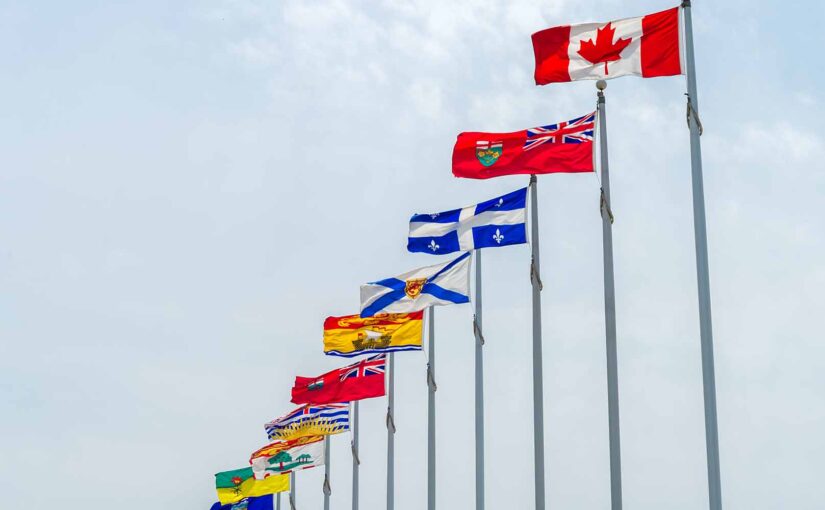Search this article on Google: “Understanding the Enforcement and Administration of Immigration Laws: An In-depth Look at Parts 3 and 4 of the Immigration and Refugee Protection Act”
Understanding the Enforcement and Administration of Immigration Laws: An In-depth Look at Parts 3 and 4 of the Immigration and Refugee Protection Act
Enforcing and administering immigration laws is a complex process that is governed by the Immigration and Refugee Protection Act (IRPA). This piece aims to provide an in-depth look at Part 3 – Enforcement, and Part 4 – Review and Appeal, of this act. The information here is based on detailed analysis by legal experts at LexLords Canada Immigration Lawyers, a premier law firm specializing in immigration matters.
Part 3: Enforcement
Part 3 of IRPA deals specifically with the enforcement of immigration laws. It sets out who has the authority to enforce these laws, what actions they can take, and how individuals can be removed from Canada.
Designated Officers
In this part, the act designates certain officers with the power to enforce the IRPA. These officers include:
- The Immigration Officers (IO)
- The Canada Border Services Agency (CBSA) Officers
- The Royal Canadian Mounted Police (RCMP)
Examination and Detention
The act allows these officers to examine any individual who wants to enter Canada. If there are reasonable grounds to believe that the person is inadmissible or does not comply with the IRPA, the person could be detained for further examination.
Removing people from Canada
Under certain circumstances, this part of the act allows for the removal of individuals from Canada.
Part 4: Review and Appeal
The fourth part of the IRPA provides provisions for the review and appeal of decisions made under the preceding sections of the act.
Immigration Appeal Division
A key aspect of Part 4 is the establishment of the Immigration Appeal Division (IAD). The IAD has jurisdiction over different types of appeals, including:
- Refusal of sponsorship applications
- Removal orders against permanent residents and protected persons
- Determination of inadmissibility based on security grounds, human rights violations, serious criminality, etc.
Case Laws
In understanding these parts of the act, several notable case laws serve as worthy points of reference:
- Chieu v. Canada (Minister of Citizenship and Immigration): The Supreme Court in this case established that officers making decisions under the act must consider humanitarian and compassionate grounds.
- Medovarski v. Canada (Minister of Citizenship and Immigration): This case defined the concept of “serious criminality” under Part 4 and clarified the IAD’s jurisdiction over such matters.
- Hinzman v. Canada (Minister of Citizenship and Immigration): In this case, the Federal Court discussed about the scope and limits of judicial review under Part 4.
- Rasheed v. Canada (Minister of Citizenship and Immigration): This case highlighted how detention and removal processes under Part 3 should be done in accordance with principles of natural justice and procedural fairness.
This analysis just scratches the surface of IRPA’s Part 3 and Part 4. To fully understand the intricacies of these sections, we encourage individuals to seek legal advice from experienced immigration lawyers, such as those at LexLords Canada Immigration Lawyers.
Having in-depth knowledge and understanding of these immigration law provisions will help individuals effectively navigate the complex landscape of immigration and refugee protection in Canada. This understanding will also equip them to effectively challenge any adverse decisions, should the need arise.








